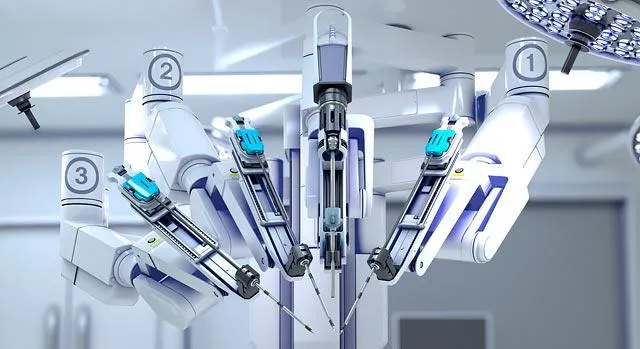Overview
Da Vinci is the first and only robot-assisted surgery method. It was created by NASA researchers, virtual reality engineers, and robot technology experts from the Stanford University Research Center.
This device was built to operate astronauts in space from a surgeon console installed anywhere on a planet in the event of a medical emergency. Since the American Food and Drug Administration (FDA) approved its use in cardiovascular surgery operations in 2000, more than 8 million operations have been performed to date.
The Da Vinci technique, which is commonly used in urology, gynecology, general surgery, thoracic surgery, and ENT fields, has become a powerful option in Turkey.
Over the past 20 years, there have been several major advances in medicine, one of which is “laparoscopic surgery.” Broad incisions in the relevant region were once the only way to conduct an operation.
Depending on the procedure, incisions up to 40-50 cm in length may be made from the patient’s abdomen, chest, or other body parts. Laparoscopic surgery, also known as closed surgery, began through the use of 3-5 tubes with a diameter of just 0.5-1.5 cm.
Various procedures in several areas can be done with da Vinci robotic surgery. The following are some examples of fields where cutting-edge technological systems are employed:
* Urological surgery
* Obesity Surgery
* Gynecological Surgery
* General Surgery
* Cardiac surgery
* Thoracic Surgery
* Otorhinolaryngology (ENT) and Head and Neck Surgery
* Pediatric surgery
The da Vinci robotic surgery system is made up of 3 components: the robot, the patient console, and the surgeon console. In the Robot segment, the hand tools that will be used during the operation: The hand tools at the ends of these arms are inserted into the body through 0.5-1cm diameter holes in the skin.
One of the arms is equipped with a high-resolution camera that broadcasts a view of the operation area to the outside world. The surgeon uses the other three robotic arms to operate.
Surgical instruments at the robot’s end are particularly fine and delicate. As a result, surgery can be done with minimal tissue injury. The procedure is especially useful in procedures where any tissue or organ will be removed, as well as in operations where sick tissues must be surgically repaired.
Furthermore, the robotic surgery arms’ sensitive movement capacity will remove hand tremors. Human errors in operations in high-risk areas may also be minimized in this way.


